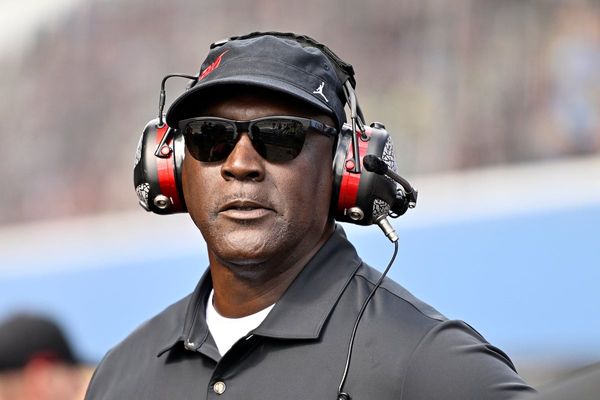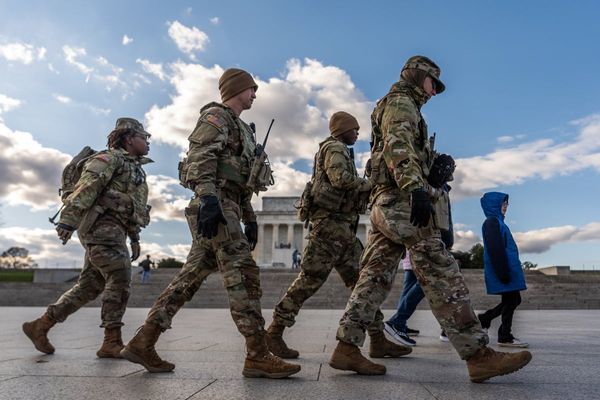/shutterstock_1742705531.jpg)
Analysts' target prices for Nvidia (NVDA) stock still show there is upside potential for investors. Moreover, Nvidia's option premiums are skewed to the call option side over puts. This indicates that traders are still bullish on NVDA stock as they expect their call option purchases will make money if NVDA keeps rising.
Nvidia's Stellar Performance So Far This Year
NVDA stock closed at $424.13 on Monday, July 3, up $1.11, and now even up 3.9% in July from when it closed at $408.22 at the end of June. Moreover, in the past month, NVDA stock has risen 7.85% since closing at $393.27 on June 2.
Nvidia was up 90% in Q1 and rose 52.3% during Q2. Moreover, year-to-date NVDA stock is now up 190% since closing at $146.14 at the end of 2022.
Some have speculated that Nvidia may be due for a retracement. But let's look at where the majority of analysts are on the stock
Analysts' Target Prices on NVDA Stock
We discussed analysts' bullish target prices on NVDA stock in our last article on June 19, “Nvidia Stock Could Still Peak Higher Based On Targets - Time To Short OTM Puts.” At the time, NVDA stock was at $426.92, close to where it is today.
We pointed out that the average price target was $$464.75, according to Yahoo! Finance. Today, the average price target for 41 analysts surveyed by Yahoo! Finance has actually risen 1.9% to $473.44.
Moreover, 14 of these analysts still have a “Buy” rating and 7 have a “Strong Buy." This is similar to the same recommendation in the middle of June.
As a result, it seems analysts are still basically bullish on the stock, despite the fact that there are now some “Sell” recommendations that weren't there before.
Options Skewed to the Call Side
Looking at the July 21 expiration period, which is 17 days from now, it is apparent that option premiums are still favoring call options over puts. For example, the $450 strike price calls have a $6.40 premium. That strike price is 6.1% over today's spot price. This premium is higher than a similar width out-of-the-money (OTM) strike price on the put side.
For example, the $400 strike price put premium, 5.69% below the spot price, is just $4.88. Moreover, the $395 strike price, a 6.87% OTM width, trades for just $3.80.

This means that traders are essentially more bullish on the stock moving higher than they are bearish that the stock will fall. More people are piling into the call side hoping to make money as the stock rises.
How to Play This Skewed Effect
If you are a contrarian, you would see the call option premium skewness as a signal to short the stock or buy puts. In that case, you hope that, despite analysts' target prices, NVDA stock will falter and everyone will rush to the sell side.
After all, there is some news that might add to this trend. CNBC reports that according to a WSJ report the Commerce Department is considering banning exports of Nvidia's AI chips to China, including ones that don't exceed the existing performance guidelines.
However, if you are a trend follower, you can either buy calls, hoping for the stock to rise, or short out-of-the-money calls, if you think the stock won't move significantly higher. For example, the $5.78 $450 strike call option premium represents a covered call yield of 1.36% (i.e., $5.78/$424.13-1). That is for a position that expirations in just over 2 weeks.
Another way to play this is to short the $400 strike price put and collect $4.88 per put contract. That represents a premium-to-strike yield of 1.22% (i.e., $4.88/$400-1), just slightly lower than the covered call yield.
Moreover, in this case, you would not have to give up your shares if the option is exercised, as in the covered call yield play.
For example, in our last article on June 19, we discussed shorting the $400 strike price put option expiring on July 7, 20 days later. The premium collected was $6.48, representing a 1.62% yield for less than 3 weeks until expiration. Today the premium is down to just 32 cents, representing a massive profit for the short-put trader who followed this play.
Nevertheless, this shows that investors are still essentially bullish on NVDA stock based on its option premiums and analysts' target prices.
On the date of publication, Mark R. Hake, CFA did not have (either directly or indirectly) positions in any of the securities mentioned in this article. All information and data in this article is solely for informational purposes. For more information please view the Barchart Disclosure Policy here.






